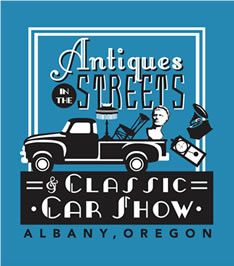 Silhouettes are two-dimensional dark images shown against a lighter background.
Silhouettes are two-dimensional dark images shown against a lighter background.
One of my favorite keepsake collections is that of the silhouette pictures my kids brought home from kindergarten. It was easily done. They sat sideways on their chair while the teacher focused the overhead projector on the wall and then traced their profile that would be cut out later. They are simple portraits I will cherish forever.
Today, silhouettes are one of the most popular art forms to collect. There are many different types of silhouettes. Some are simply cut-out black and white paper. Others have scenic, colored backgrounds. Some have highlights in gold or silver. You can find silhouettes mounted behind convex glass or painted directly on a piece of ivory. My favorite silhouettes are those that are reverse painted on glass and then mounted over a background of milkweed and dried flowers. I’m usually drawn toward scenes with children in them but I will purchase anything that makes my heart sing.
The art of paper cut portraits actually began in Europe in the late 16th century becoming more popular by the mid 1700s.
It is interesting how these little portraits became known as silhouettes. The word silhouette use to carry a negative connotation with it. In the 1760’s, the Finance Minister of France, Etienne de Silhouette, taxed his people into poverty. He was so interested in his hobby of cutting out paper profiles that he ignored the hardships of his people. In protest to his indifference his people began to wear only black clothing, imitating the Ministers black paper cutouts. All over France, the people would say, “We are shadows, too poor to wear color. We are Silhouettes!” Still today, these black profile pictures are called silhouettes.
At first silhouettes were an art form reserved for the upper class. Artists were hired to attend extravagant affairs and cut out the profiles of the Lords and Ladies attending. By the 1800’s the art of silhouette paper cutting had reached its height in popularity. Many European silhouettists had moved to America where they catered to American politicians and the rich. Other artists traveled around to small towns and country fairs all over America. Since a skilled silhouettist could cut out a portrait in a few minutes it became a way that ordinary folks could capture their family’s profiles without the time and expense of an actual painting.
You can find many beautiful silhouettes at the Albany Antique Mall. Open daily on 2nd & Ellsworth in Downtown Albany.
